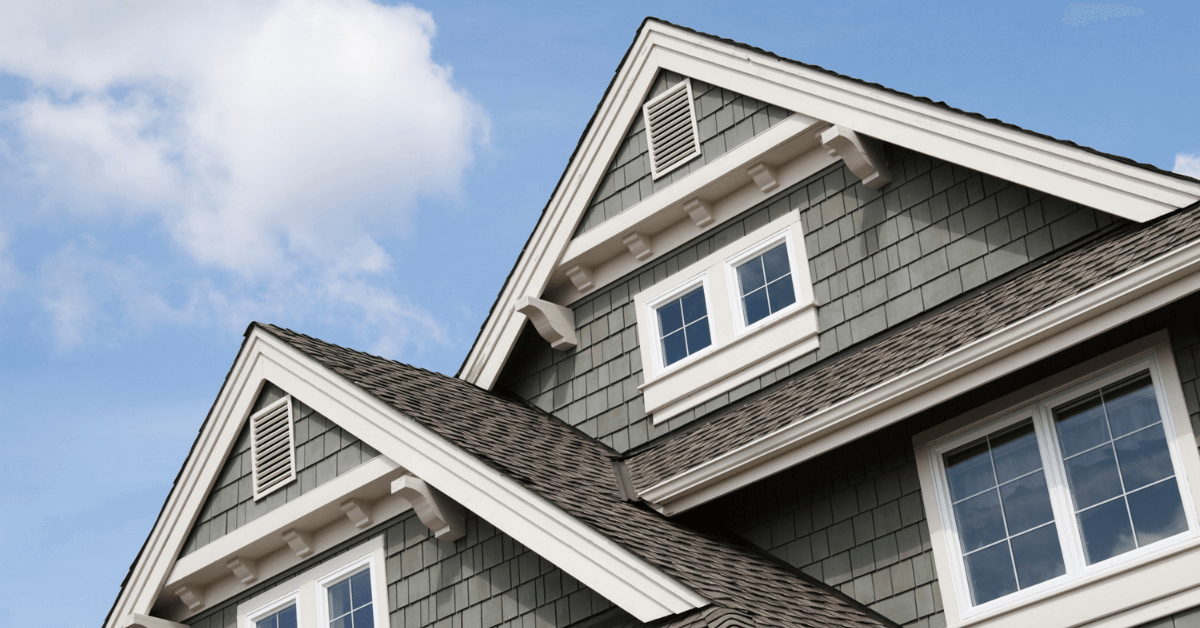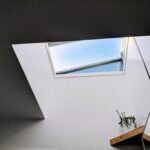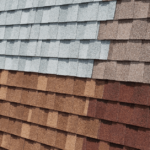This is the time of year, we find ourselves feeling incredibly grateful—for the family around us, for the food on our table, and for the roof over our heads. Speaking of the roof over your head, if there’s a new one in your future, you’d be well advised to consider your options carefully. PJ’s Roofing is here to help.
Given their durability, cost, warranty, and aesthetics, asphalt shingles are popular choices for roof materials in Maryland. But choosing an asphalt roof isn’t the end of it. You’ll still need to decide on which type—classic 3-tab or architectural—will be the best choice for your needs.
Let’s compare the advantages of 3-tab versus architectural shingles, as each provides different benefits.
Composition
Both 3-tab and architectural shingles are made with asphalt, adhesives, granules (for the outside layer), and fiberglass (for the backing). The difference is in the proportions of each element used, which affects the overall quality of the shingle. Architectural shingles are typically about 50% heavier than their 3-tab counterparts. Compared to 3-tabs, architectural shingles are made with a better-quality asphalt and stronger adhesives. They also have a thicker base mat and a denser layer of granules on their outermost surface, making them more substantial overall than 3-tab shingles.
Aesthetics
Both 3-tab and architectural shingles come in a wide array of colors, textures, and styles. However, these two types differ significantly in their appearance. A standard, 3-tab shingle is flat with a single tab shape and size, giving it a flat, one-dimensional look. Architectural shingles, also known as dimensional shingles, have several layers of materials adhering to the base. This design feature allows them to be installed to resemble cedar shakes, or even slate—adding to your home’s curb appeal without the increased expense or weight.
Wind Ratings
Standard 3-tab and architectural shingles vary widely in their wind resistance ratings. Since architectural shingles are thicker and of higher quality, they are more wind resistant than the 3-tab variety. Architectural shingles are typically rated to withstand winds of between 80–120 miles per hour, while 3-tabs are generally rated for winds of up to approximately 60 miles per hour.
Durability
With a thicker, higher-quality composition, superior wind rating, and their ability to withstand ice, snow, and high temperatures, architectural shingles generally last longer than the 3-tab variety—usually 18 to 20 years, and sometimes up to 30 years depending on conditions. When 3-tab shingles are exposed to severe summer temperatures, high winds, or extreme winter weather, their lifespan is typically 7–10 years. In mild climates, 3-tabs can last up to 12–15 years.
Cost
Both 3-tab and architectural shingles are affordable, making them a popular choice for homeowners in Maryland and Pennsylvania. While 3-tab shingles are often less expensive to install, the money you save upfront may not offset the need for them to be repaired or replaced sooner than architectural ones.
Warranty
Since 3-tab shingles typically have a shorter lifespan, they often have shorter warranties—usually in the 25–30 year range. An architectural shingle installation typically comes with a warranty of 50 years—and in some cases, a lifetime warranty.
Our team at PJ’s Roofing talks to homeowners in Maryland and Pennsylvania every day about what type of roofing material will best fit their needs. When they decide that a roof using architectural shingles is the best choice for their home, we confidently recommend CertainTeed’s beautiful, durable, color-blended offerings. Available in a wide variety of colors to suit any siding, stucco, or trim color, the benefits they provide make them a solid choice and a great value for many years to come.













